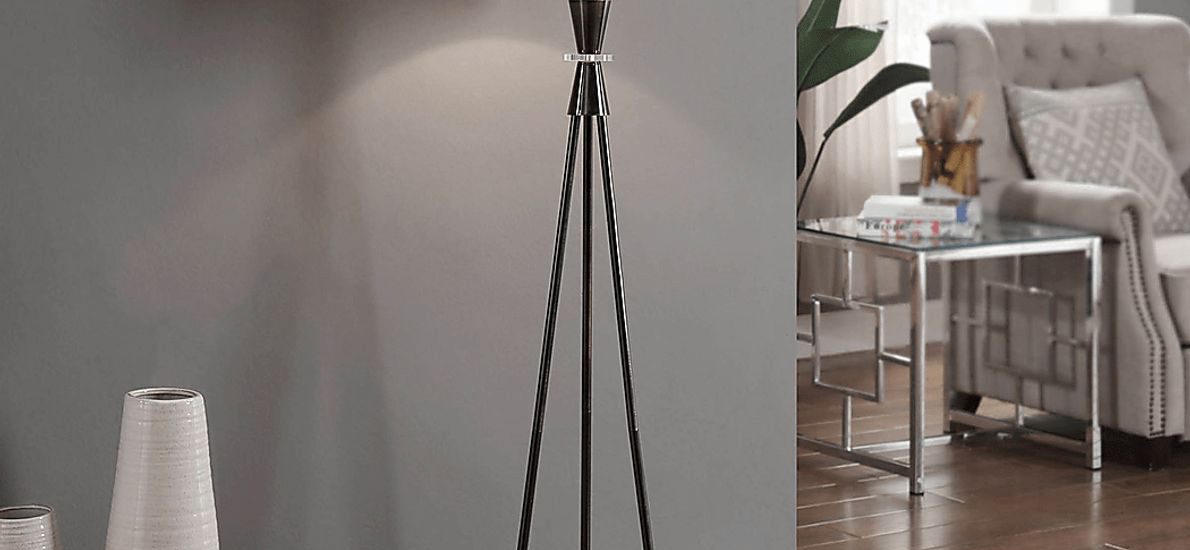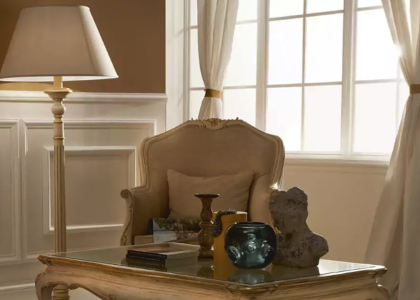Introduction
The ceiling is an often-overlooked aspect of interior design, yet it plays a crucial role in defining the overall look and feel of a space. In the UK, ceiling design has evolved over the years, from the elaborate plasterwork of the Baroque and Victorian eras to the sleek and minimalist styles of contemporary design.
In this article, we will explore the art of UK ceiling design and the various styles that have emerged over the years. From traditional to contemporary, we will highlight the key features of each style and provide examples of how they can be incorporated into modern homes.
Traditional Styles
Baroque Style
The Baroque period in the UK was known for its ornate and heavily decorated ceilings. Elaborate plasterwork was a common feature, with designs incorporating swirling patterns, cherubs, and other decorative elements. The ceilings were often painted in vibrant colors, adding to the overall opulence of the space.
One example of a Baroque-style ceiling is found in the Banqueting House in Whitehall, London. The ceiling features an intricate design of cherubs, flowers, and other decorative elements, all painted in rich gold and red tones.
Victorian Style
The Victorian era in the UK was marked by a resurgence of interest in Gothic architecture, and this was reflected in many ceiling designs of the time. Ceilings were often adorned with intricate patterns of arches and columns, with a focus on symmetry and balance.
One example of a Victorian-style ceiling can be found in the Great Hall of the Natural History Museum in London. The ceiling features a striking design of arched panels and intricate patterns, all painted in soft blue and cream tones.
Contemporary Styles
Minimalist Style
In the 21st century, a more minimalist approach to ceiling design has emerged. This style is characterized by clean lines, simple shapes, and a focus on functionality. Ceilings are often left bare, with the focus on key architectural features such as exposed beams or skylights.
One example of a minimalist-style ceiling is found in a modern apartment in London. The ceiling is painted in a soft white tone, with the focus on a single exposed beam that runs the length of the living room.
Industrial Style
Industrial-style design has become increasingly popular in recent years, particularly in urban areas. This style is characterized by a focus on raw materials such as wood, metal, and concrete. Ceilings are often left unfinished, with exposed pipes and ductwork providing an edgy, urban feel.
One example of an industrial-style ceiling can be found in a converted warehouse in Manchester. The ceiling is made entirely of wood, with rough-hewn beams and raw edges adding to the overall industrial feel of the space.




